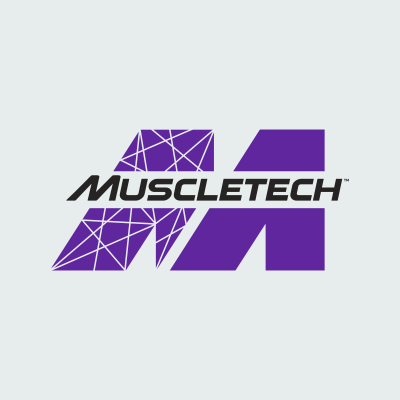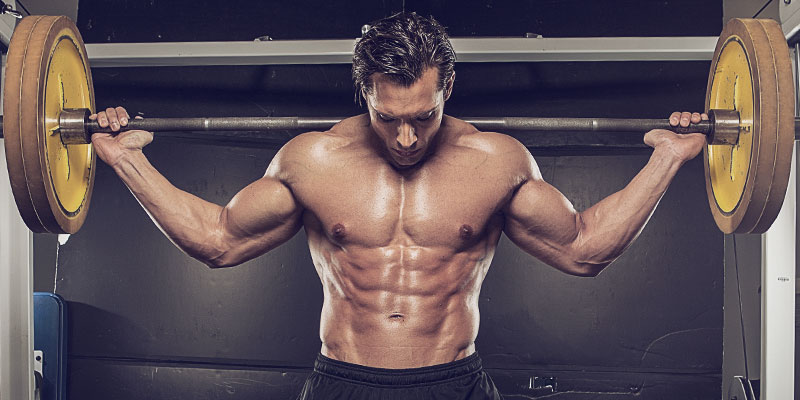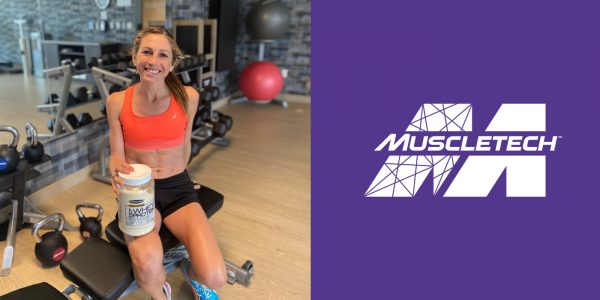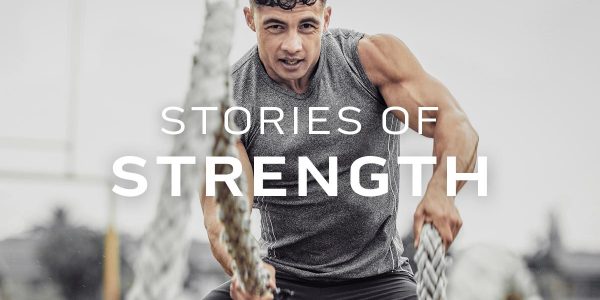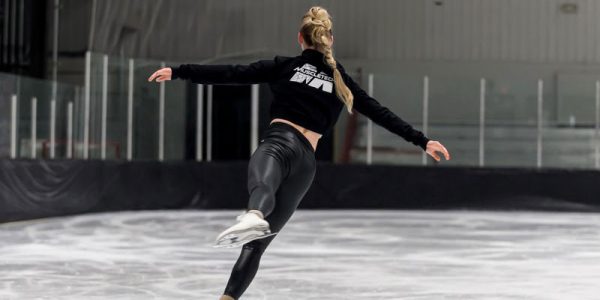The traditional squat is widely considered the Holy Grail of compound exercises. If you master a squat, you can ignite your fitness routine significantly with the multiple squat variations that are able to target certain muscle groups more effectively. Before we get into variations, it’s crucial to have the proper mechanics:
1. Engage the Core
We hear this phrase time and time again, and what it really means is fire your core muscles for spine stabilizations. This is important to save your back, especially once you start to add weight to your squat.
2. Lead with your Hips
To start a squat, let your glutes lead the way; hinge your hips back to initiate movement and to ensure your knees aren’t translating over your toes. This doesn’t mean to hunch forward. Your trunk will naturally fall forward somewhat with the direction your hips are moving.
3. Fire up your Abductors
This is the most tricky to ensure because it’s the mistake people often cannot tell they are doing. To ensure your glute med is firing, squeeze your glutes together on both the negative and positive movement of the squat. If you fail to do this, you will begin to recruit your back muscles and lose your core with the movement. If your knees collapse toward one another at any point or your back loses its natural curve at the lower back then you’re doing it wrong and you risk injury. Try squatting with a band just above your knees. The outward force on the band while you squat will force you to fire your abductors.
Back Squat
Barbell back squats are great for posterior chain strengthening. This will hypertrophy muscle groups such as hamstrings, glutes, and core muscles. This technique is great for heavy weight and consistently challenging your own lifting limits when it comes to weight.
Front Squat
Putting the weight in front of you is actually more functional for daily life as we tend to carry things in front of us, rather than over/behind our heads. Holding the barbell across your shoulders will force more recruitment of and balance/stabilization of core muscles because of the weight distribution. The quads will tend to be the muscle group emphasized in this exercise because of the way the body is forced to pull forward more and into a deeper squat more so than the back squat.
Single Leg Squat
Place one leg on a bench or box behind you, and drive with the heel of the foot of the leg in front of you for a great glute targeted exercise. Any unilateral movement also offers the benefits of correcting muscular imbalance issues, challenges balance, and the need for less weight before muscular burnout. Bonus: Increases your hip flexor and quad flexibility.
BY JEFF GMEREK
MUSCLETECH AMBASSADOR
